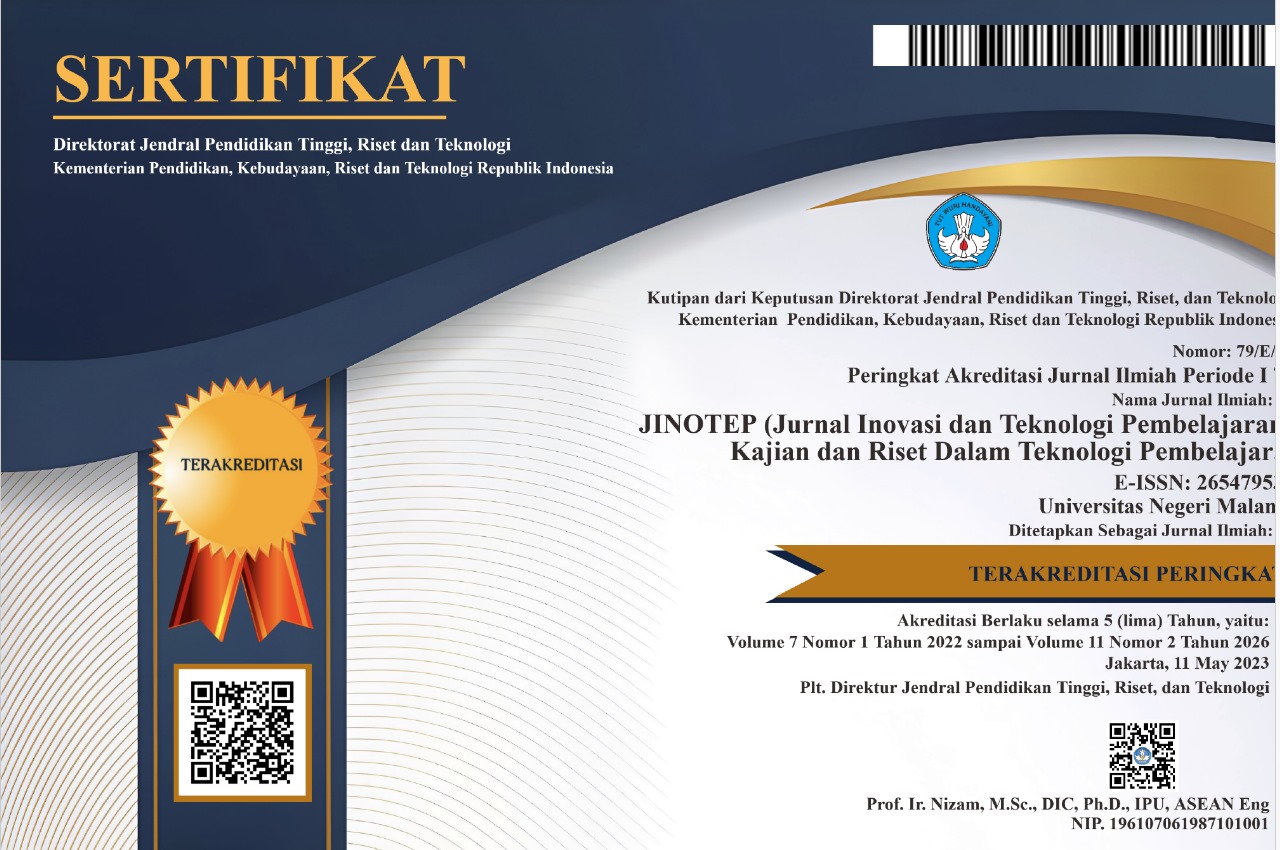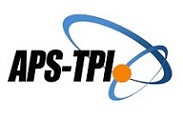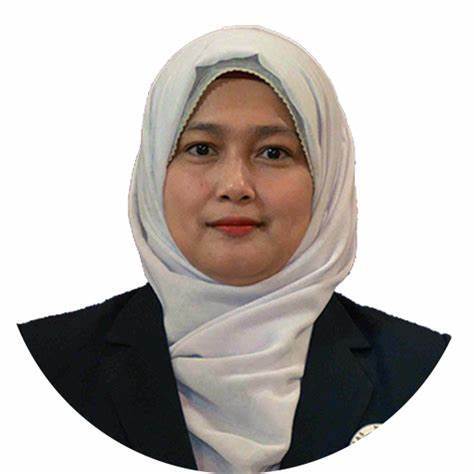A systematic literature review of integrating augmented reality technology in science learning
Abstract
Abstrak: Penelitian ini bertujuan untuk mengungkap tren penelitian selama sepuluh tahun terakhir pada penggunaan teknologi augmented reality (AR) dalam pembelajaran IPA. Review pada studi ini mengikuti pedoman PRISMA. Ditemukan 154 artikel pada tahap identifikasi, kemudian dilakukan screening berdasarkan kriteria inklusi dan eksklusi sehingga menjadi 50 artikel untuk direview. Hasil review menunjukkan bahwa pembelajaran/prestasi akademik, motivasi, dan sikap merupakan variabel yang paling banyak diteliti dalam artikel, Di mana prestasi akademik sangat dipengaruhi oleh motivasi dan sikap, sehingga sering dipertimbangkan dalam penelitian. Aplikasi mobile dan buku bergambar AR merupakan jenis AR yang sering diimplementasikan karena mudah digunakan dan dapat dikembangkan dengan cepat dan praktis. Kecenderungan metodologi adalah desain kuantitatif. Alat pengumpulan data yang sering digunakan adalah tes kognitif. Metode pengambilan sampel yang paling sering digunakan adalah convenience sampling, dan populasi sampel yang sering diidentifikasi adalah siswa sekolah menengah. Rekomendasi penelitian yang sering diberikan oleh peneliti adalah melakukan identifikasi pengaruh penggunaan AR terhadap kemampuan afektif siswa dan mengidentifikasi persepsi guru. Hasil penelitian ini akan menjadi sebuah referensi bagi para peneliti yang tertarik untuk mengimplementasikan AR dalam pembelajaran.
Abstract: TThis study aimed to explore research trends over the past decade regarding the use of augmented reality (AR) technology in science learning. The study followed the PRISMA guidelines. A total of 154 articles were found at the identification stage and then screened based on inclusion and exclusion criteria so that 50 articles were to be reviewed. The review results show that learning achievement, motivation, and attitudes are the variables most researched in the article. Learning achievement is strongly influenced by motivation and attitude, so it is often considered in research. Mobile applications and AR picture books are often implemented because they are easy to use, fast, and have practical development. The methodological trend is a quantitative design. Data collection tools that are often used are cognitive tests. The frequently used sampling method is convenience sampling, and the sample population often identified is high school students. Researchers often give research recommendations to identify the effect of using AR on students' affective abilities and teacher perceptions. The results of this study will be a reference for researchers interested in implementing AR in education.
Keywords
Full Text:
PDFReferences
Abdusselam, M. S., & Karal, H. (2020). The effect of using augmented reality and sensing technology to teach magnetism in high school physics. Technology, Pedagogy and Education, 29(4), 407–424. https://doi.org/10.1080/1475939X.2020.1766550
Akçayır, M., & Akçayır, G. (2017). Advantages and challenges associated with augmented reality for education: A systematic review of the literature. Educational Research Review, 20, 1–11. https://doi.org/10.1016/j.edurev.2016.11.002
Azuma, R. T. (1997). A survey of augmented reality. Presence: Teleoperators & Virtual Environments, 6(4), 355–385. https://doi.org/10.1162/pres.1997.6.4.355
Bacca, J., Baldiris, S., Fabregat, R., Graf, S., & Kinshuk, G. (2014). Augmented Reality Trends in Education: A Systematic Review of Research and Applications. Educational Technology & Society, 17 (4), 133-149. http://www.jstor.org/stable/jeductechsoci.17.4.133
Baydas, O., Kucuk, S., Yilmaz, R. M., Aydemir, M., & Goktas, Y. (2015). Educational technology research trends from 2002 to 2014. Scientometrics, 105, 709–725. https://doi.org/10.1007/s11192-015-1693-4
Billinghurst, M. (2002). Augmented reality in education. New Horizons for Learning, 12(5), 1–5.
Borrero, A. M., & Márquez, J. M. A. (2012). A pilot study of the effectiveness of augmented reality to enhance the use of remote labs in electrical engineering education. Journal of Science Education and Technology, 21(5), 540–557. https://doi.org/10.1007/s10956-011-9345-9
Cai, S., Liu, C., Wang, T., Liu, E., & Liang, J. C. (2021). Effects of learning physics using Augmented Reality on students' self-efficacy and conceptions of learning. British Journal of Educational Technology, 52(1), 235–251. https://doi.org/10.1111/bjet.13020
Cai, S., Wang, X., & Chiang, F.-K. (2014). A case study of Augmented Reality simulation system application in a chemistry course. Computers in Human Behavior, 37, 31–40. https://doi.org/10.1016/j.chb.2014.04.018
Cai, S., Wang, X., Gao, M., & Yu, S. (2012). Simulation teaching in 3D augmented reality environment. 2012 IIAI International Conference on Advanced Applied Informatics, 83–88. http://dx.doi.org/10.1109/IIAI-AAI.2012.25
Chang, S. C., & Hwang, G. J. (2018). Impacts of an augmented reality-based flipped learning guiding approach on students' scientific project performance and perceptions. Computers and Education, 125, 226–239. https://doi.org/10.1016/j.compedu.2018.06.007
Chang, S. C., Hwang, G. J., Yoon, S. A., Anderson, E., Park, M., Elinich, K., Lin, J., Cheng, K. H., Cai, S., Chiang, F. K., Sun, Y., Lin, C., & Lee, J. J. (2018). Surveying students' conceptions of learning science by augmented reality and their scientific epistemic beliefs. Interactive Learning Environments, 25(6), 226–239. https://doi.org/10.1080/02635143.2017.1386645
Chen, C., & Wang, C.-H. (2015). Employing augmented-reality-embedded instruction to disperse the imparities of individual differences in earth science learning. Journal of Science Education and Technology, 24(6), 835–847. https://doi.org/10.1007/s10956-015-9567-3
Chen, X., Xu, L., Wang, Y., Wang, H., Wang, F., Zeng, X., Wang, Q., & Egger, J. (2015). Development of a surgical navigation system based on augmented reality using an optical see-through head-mounted display. Journal of Biomedical Informatics, 55, 124–131. https://doi.org/10.1016/j.jbi.2015.04.003
Delello, J. A. (2014). Insights from pre-service teachers using science-based augmented reality. Journal of Computers in Education, 1(4), 295–311. https://doi.org/10.1007/s40692-014-0021-y
Díaz-Noguera, M. D., Toledo-Morales, P., & Hervás-Gómez, C. (2017). Augmented reality applications attitude scale(ARAAS): Diagnosing the attitudes of future teachers. New Educational Review, 50(4), 215–226. https://doi.org/10.15804/tner.2017.50.4.17
Erbas, C., & Demirer, V. (2019). The effects of augmented reality on students' academic achievement and motivation in a biology course. Journal of Computer Assisted Learning, 35(3), 450–458. https://doi.org/10.1111/jcal.12350
Fidan, M., & Tuncel, M. (2019). Integrating augmented reality into problem based learning: The effects on learning achievement and attitude in physics education. Computers & Education, 142, 103635. https://doi.org/10.1016/j.compedu.2019.103635
Georgiou, Y., & Kyza, E. A. (2018). Relations between student motivation, immersion and learning outcomes in location-based augmented reality settings. Computers in Human Behavior, 89, 173–181. https://psycnet.apa.org/doi/10.1016/j.chb.2018.08.011
Hsu, J.-L., & Huang, Y.-H. (2011). The Advent of Augmented-Learning: A Combination of Augmented Reality and Cloud Computing. E-Learn: World Conference on E-Learning in Corporate, Government, Healthcare, and Higher Education, 1328–1333. https://www.learntechlib.org/primary/p/38900/
Hwang, G.-J., Wu, P.-H., Chen, C.-C., & Tu, N.-T. (2016). Effects of an augmented reality-based educational game on students' learning achievements and attitudes in real-world observations. Interactive Learning Environments, 24(8), 1895–1906. http://doi.org/10.1080/10494820.2015.1057747
İçten, T., & Bal, G. (2017). A content analysis of the academic works on the augmented reality technology. Journal of Information Technologies, 10(4), 401–415. https://doi.org/10.17671/gazibtd.290253
Johnson, L., Adams Becker, S., Cummins, M., Estrada, V., Freeman, A., & Hall, C. (2013). NMC Horizon report: higher education edition. Report. The New Media Consortium.
Kiryakova, G., Angelova, N., & Yordanova, L. (2018). The potential of augmented reality to transform education into smart education. TEM Journal, 7(3), 556. https://doi.org/10.18421/TEM73-11
Küçük, S., Yilmaz, R., Baydas, Ö., & Göktas, Y. (2014). Augmented reality applications attitude scale in secondary schools: Validity and reliability study. Egitim ve Bilim, 39(176). http://doi.org/10.15390/EB.2014.3590
Martin-Gutierrez, J., Guinters, E., & Perez-Lopez, D. (2012). Improving strategy of self-learning in engineering: laboratories with augmented reality. Procedia-Social and Behavioral Sciences, 51, 832–839. https://doi.org/10.1016/j.sbspro.2012.08.249
Medina Herrera, L., Castro Pérez, J., & Juárez Ordóñez, S. (2019). Developing spatial mathematical skills through 3D tools: augmented reality, virtual environments and 3D printing. International Journal on Interactive Design and Manufacturing (IJIDeM), 13(4), 1385–1399. https://doi.org/10.1007/s12008-019-00595-2
Rahmat, A. D., Kuswanto, H., & Wilujeng, I. (2022). The Advantages and Applications of Augmented Reality in Science Education. Nusantara Science and Technology Proceedings, 1–7. http://doi.org/10.11594/nstp.2022.2501
Rahmat, A. D., Kuswanto, H., & Wilujeng, I. (2023). Mobile Learning Readiness of Junior High School Students in Science Learning. 25(April), 54–61. https://doi.org/10.21009/jtp.v25i1.34063
Rahmat, A. D., Kuswanto, H., Wilujeng, I., Ilma, A. Z., & Putranta, H. (2023). Teachers' perspectives toward using augmented reality technology in science learning. Cypriot Journal of Educational Sciences, 18(1), 215–227. https://doi.org/10.18844/cjes.v18i1.8191
Rahmat, A. D., Kuswanto, H., Wilujeng, I., & Perdana, R. (2023). Implementation of mobile augmented reality on physics learning in junior high school students. Journal of Education and E-Learning Research, 10(2), 132–140. https://doi.org/10.20448/jeelr.v10i2.4474
Roumba, E., & Nicolaidou, I. (2022). Augmented Reality Books: Motivation, Attitudes, and Behaviors of Young Readers. International Journal of Interactive Mobile Technologies (IJIM), 16(16), 59–73. https://doi.org/10.3991/ijim.v16i16.31741
Sahin, D., Yilmaz, R. M., Yilmaz, O., Karagozlu, D., Abdusselam, M. S., Karal, H., Fidan, M., & Tuncel, M. (2020). The effect of Augmented Reality Technology on middle school students' achievements and attitudes towards science education. Computers and Education, 52(4), 407–424. https://doi.org/10.1016/j.compedu.2019.103710
Salmi, H., Thuneberg, H., & Vainikainen, M. P. (2017). Making the invisible observable by Augmented Reality in informal science education context. International Journal of Science Education, Part B: Communication and Public Engagement, 7(3), 253–268. https://doi.org/10.1080/21548455.2016.1254358
Surahman, E., & Wang, T. H. (2022). Academic dishonesty and trustworthy assessment in online learning: A systematic literature review. Journal of Computer Assisted Learning, 38(6), 1535–1553. https://doi.org/10.1111/jcal.12708
Wojciechowski, R., & Cellary, W. (2013). Evaluation of learners' attitude toward learning in ARIES augmented reality environments. Computers & Education, 68, 570–585. https://doi.org/10.1016/j.compedu.2013.02.014
Yen, J.-C., Tsai, C.-H., & Wu, M. (2013). Augmented reality in the higher education: Students' science concept learning and academic achievement in astronomy. Procedia-Social and Behavioral Sciences, 103, 165–173. https://doi.org/10.1016/j.sbspro.2013.10.322
Yilmaz, O. (2021). Augmented Reality in Science Education: An Application in Higher Education. Shanlax International Journal of Education, 9(3), 136–148. https://doi.org/10.34293/education.v9i3.3907
Yoon, S., Anderson, E., Lin, J., & Elinich, K. (2017). How augmented reality enables conceptual understanding of challenging science content. Journal of Educational Technology & Society, 20(1), 156–168.
Zhang, J., Sung, Y.-T., Hou, H.-T., & Chang, K.-E. (2014). The development and evaluation of an augmented reality-based armillary sphere for astronomical observation instruction. Computers & Education, 73, 178–188. https://doi.org/10.1016/j.compedu.2014.01.003
DOI: http://dx.doi.org/10.17977/um031v10i22023p172
Refbacks
- There are currently no refbacks.
Copyright (c) 2023 Anggi Datiatur Rahmat, Heru Kuswanto, Insih Wilujeng

This work is licensed under a Creative Commons Attribution-ShareAlike 4.0 International License.
======================================================================
Jurnal Inovasi dan Teknologi Pembelajaran published by Universitas Negeri Malang in collaboration with the Asosiasi Program Studi Teknologi Pendidikan Indonesia (APS TPI) and Ikatan Profesi Teknologi Pendidikan Indonesia (IPTPI) with a MoU.
Publisher Address:
Educational Technology Laboratorium, Building D5, 1st Floor
Faculty of Education, Universitas Negeri Malang
Semarang St. No. 5, Malang City, East Java Province, Postal Code 65145
Email: jinotep.fip@um.ac.id
======================================================================

JINOTEP is licensed under a Creative Commons Attribution-ShareAlike 4.0 International License.
JINOTEP Statistics (Since July 13th, 2020)



.png)




.png)
1.png)
1.png)
4.png)
2.png)
1.png)
1.png)
.png)


_3.png)





1.png)
.png)